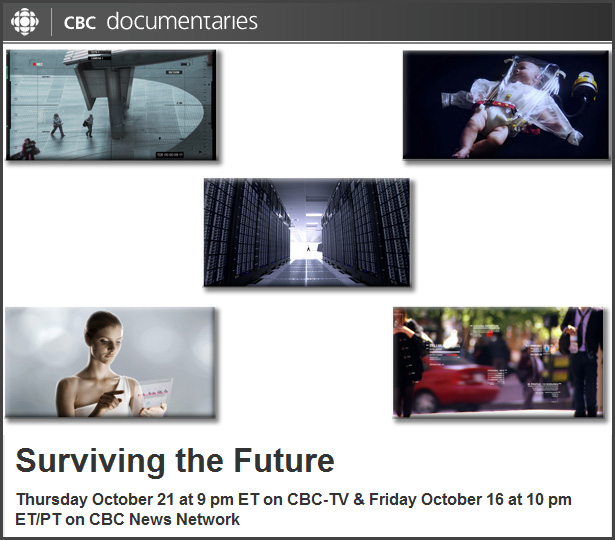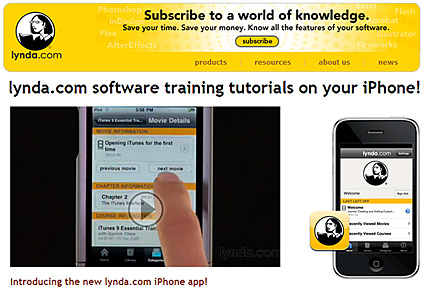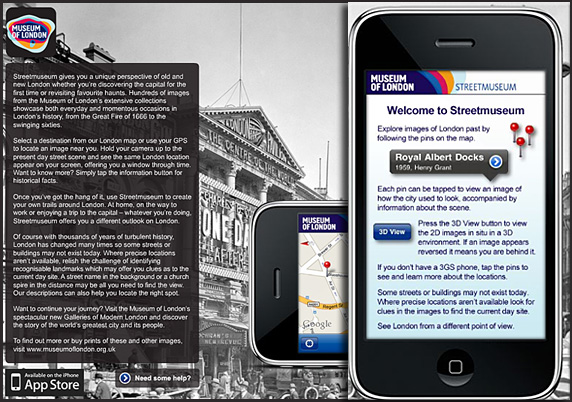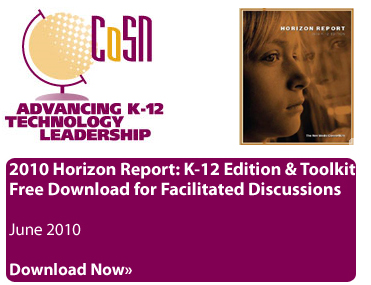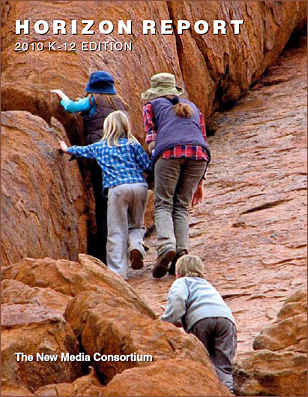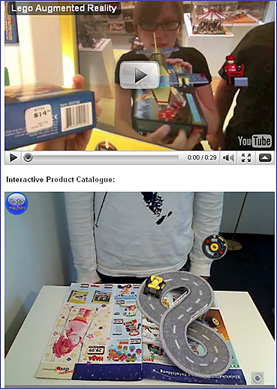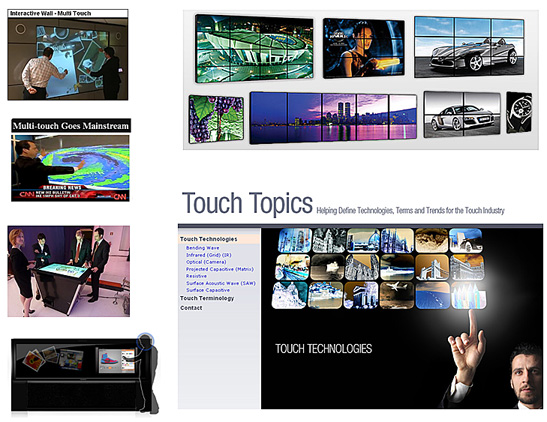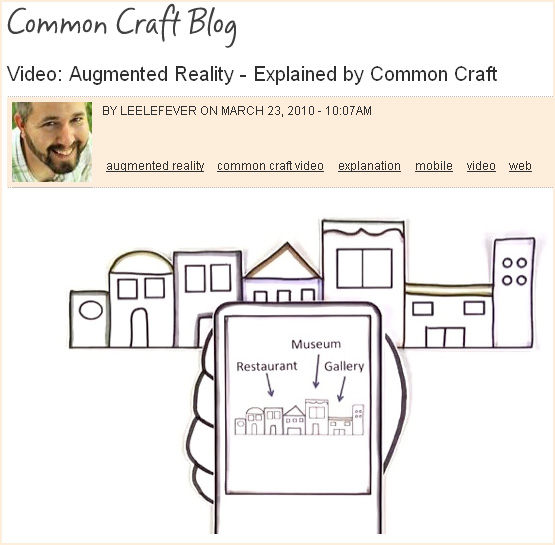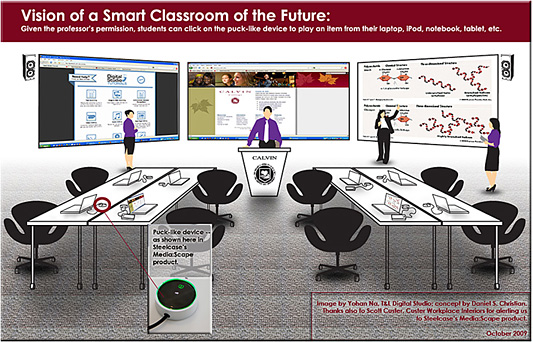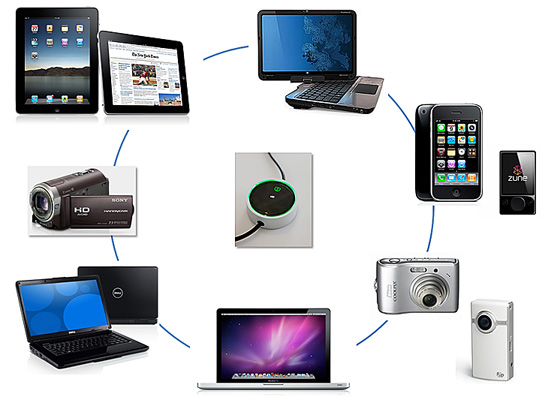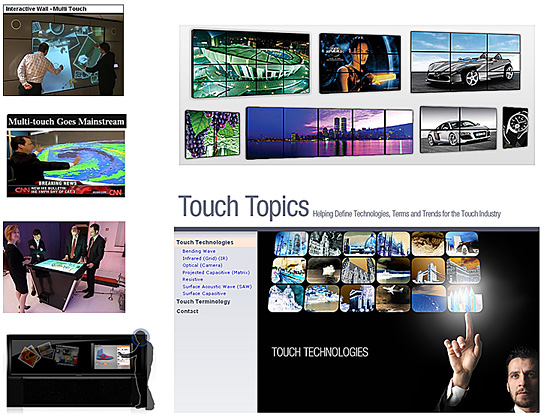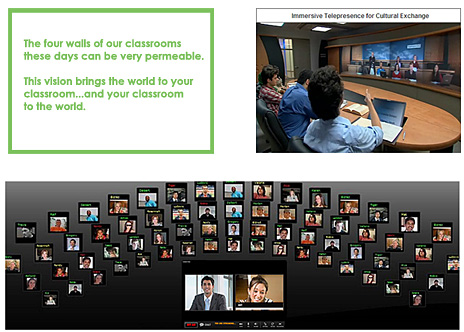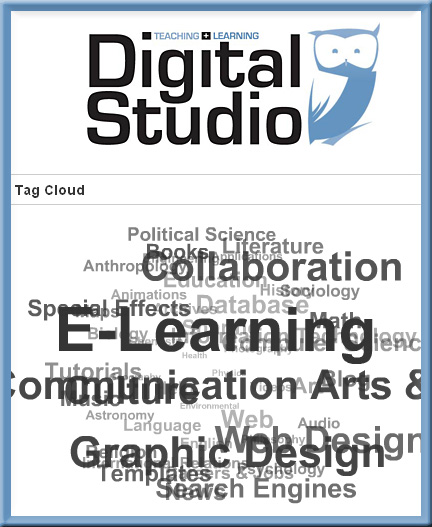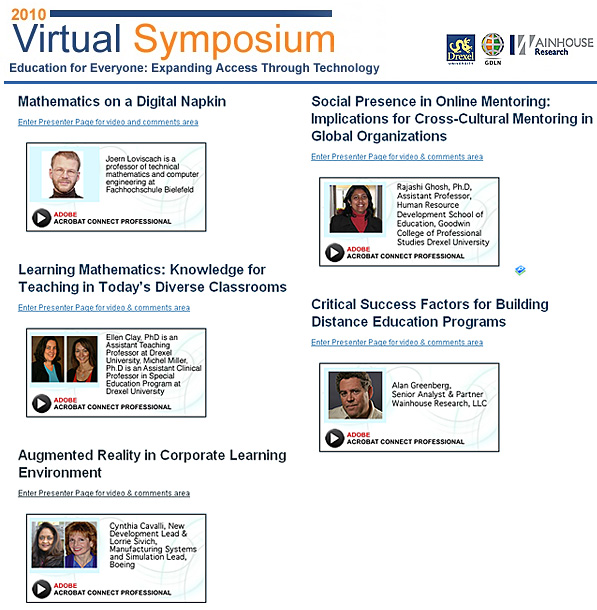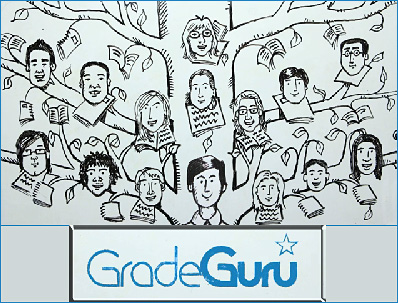From biotech visionaries growing new body parts, to in vitro meat, from a global sensor web that monitors the health of the earth’s biosphere, to a massive effort to reverse-engineer the human brain, Surviving the Future takes a disquieting and astonishing look at some of science’s most radical new technologies.
The film also takes a hard look at the ‘new normal’ of the climate crisis, as we balance our desire to be environmentally responsible—to ‘do the right thing’—and still participate in the consumer economy that is, for better or worse, the basis of our society.
Surviving the future is an unsettling glimpse into the human psyche right now, as our culture staggers between a fervent belief in futuristic utopian technologies on the one hand, and dreams of apocalyptic planetary payback on the other.
Thought provoking and visually stunning, Surviving the Future looks at the stark and extreme choices facing our species as we prepare ourselves for the most challenging and consequential period in our history.
From DSC:
These are some of the things I was alluding to in my post here…I’d be more comfortable with many of these things if the state of the heart were in better condition.









